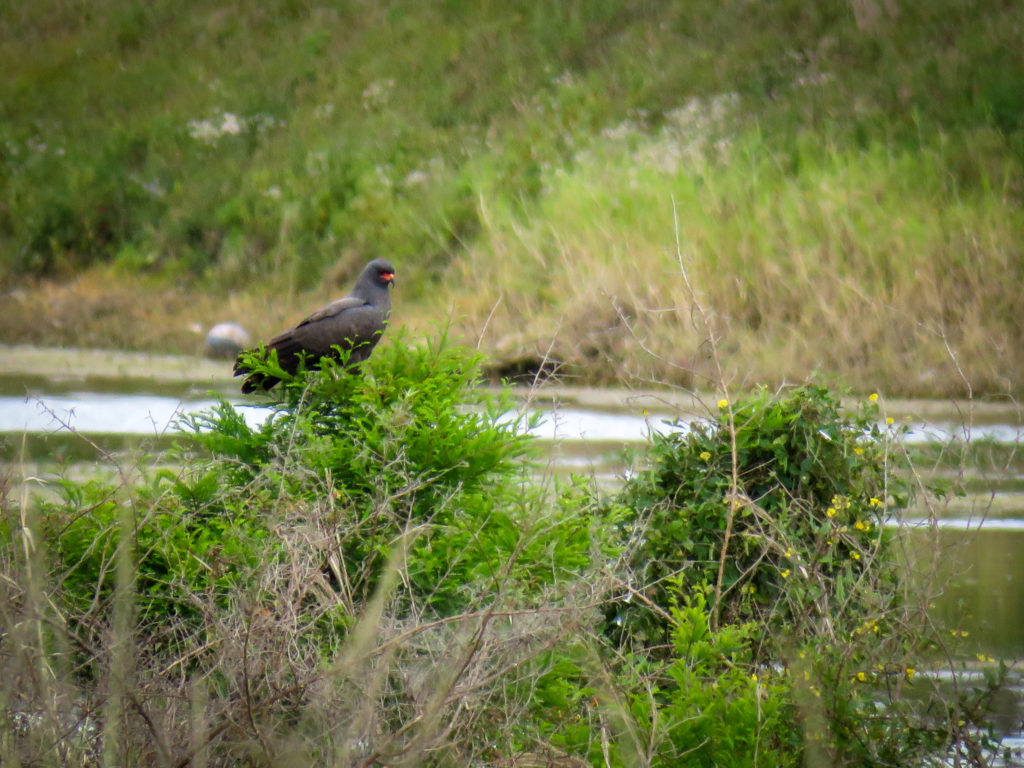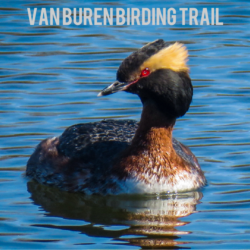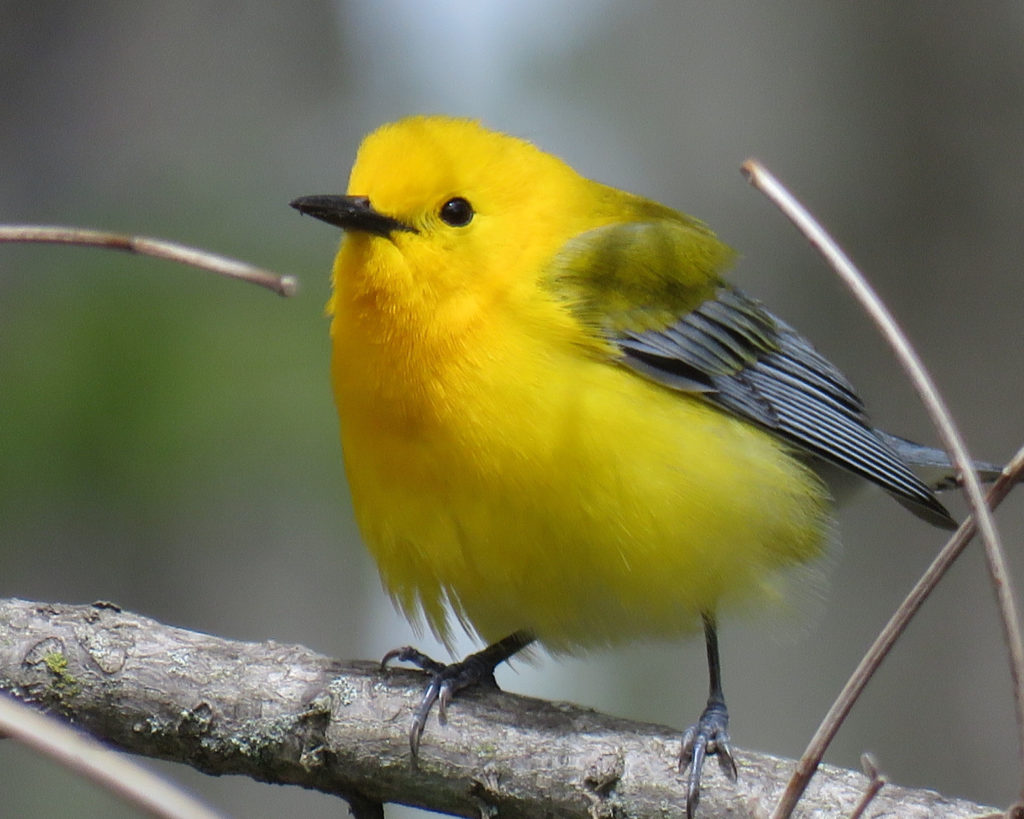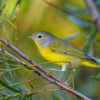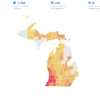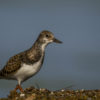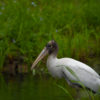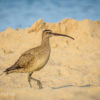Birding – My Story, My Website, My Vision
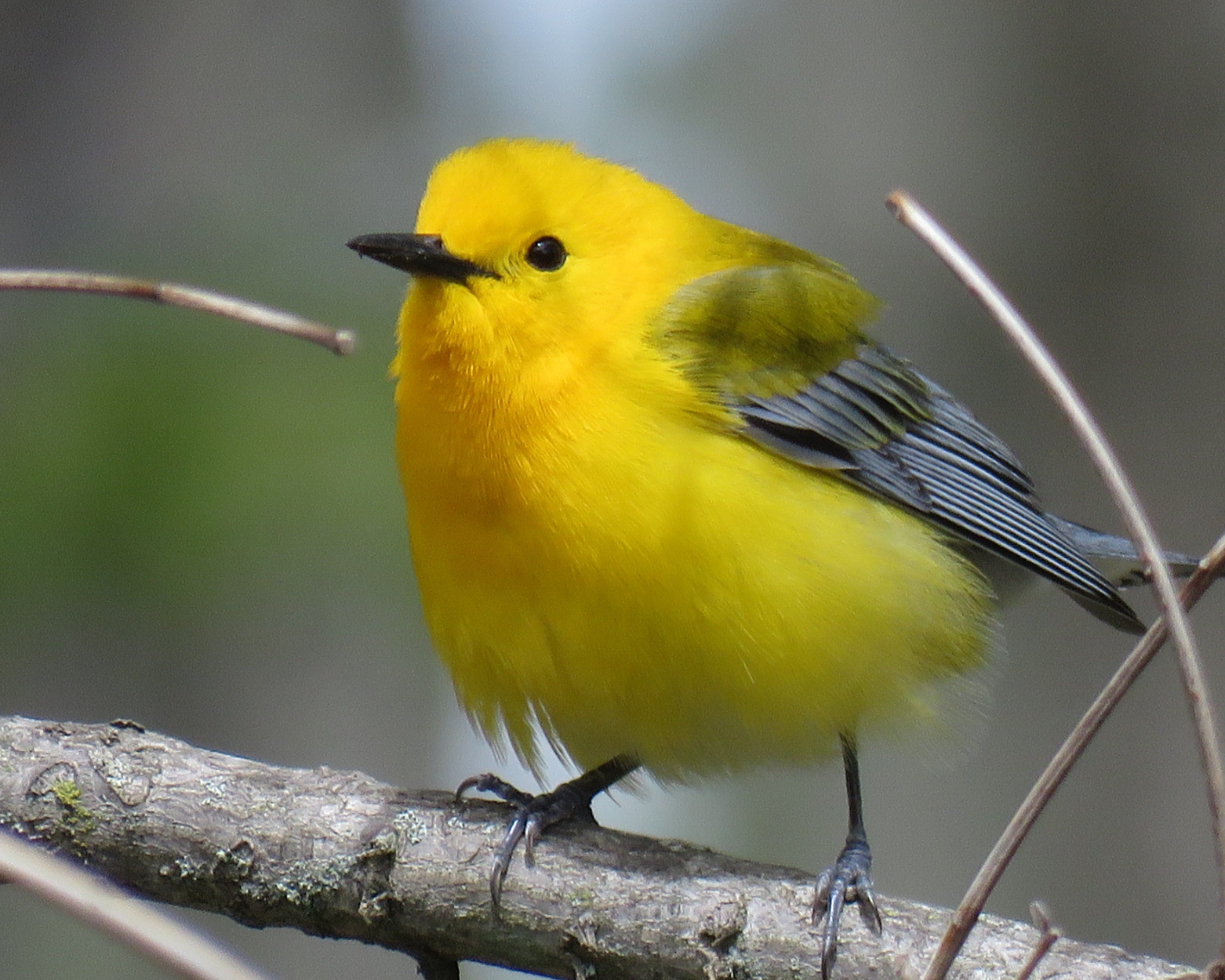
On my bookshelf, placed between Sibley’s Guide to Bird Life and Behavior and National Geographic’s Complete Birds of North America is a small, unassuming blue book, about 8 inches tall, sporting cover illustrations of 3 colorful birds – Buntings to be exact. The spine is tattered and warped, the glue barely holding the pages in place. The corners of every page are rounded, frayed and dog-leafed. Remnants of a homemade plastic casing, installed by a thoughtful mother, might be the only thing holding this book together. Flipping through the discoloring pages, it does not take long to realize that somebody really prized this derelict piece of literature.
Some of you may already know what book I might be referring to: The Golden Field Guide: Birds of North America – Expanded Edition (1983). This was how my love of birds began. Remarkably, I can still remember the moment I received this book along with the Golden Field Guides for Trees and Rocks and Minerals. I must have been about to enter the 1st Grade when I received these books as a gift from my Grandpa and Grandma Markus on a late summer day at Milham Park in Kalamazoo. For the next 6 or 7 years, this book would be my almost constant companion, read cover to cover, over and over and over again. I almost never left the house without it, and it traveled in my backpack to school every single day. The book was finally shelved when I was in middle school and replaced David Allen Sibley’s first edition of his great field guide: Birds of North America.
Paging through the Golden Field Guide now makes me chuckle. The outdated taxonomy, the quaint, Audubon-inspired illustrations and the rustic range maps all seem laughable now. But it was this simple gift that ignited a passion that has stuck with me in some capacity for nearly 30 years.
I didn’t get many opportunities to actually go birding as a young child. I remember constantly begging my Uncle Dan to take me birdwatching whenever we saw each other. Sometimes he would cave, and we would either go to Asylum Lake or Al Sabo Preserve. In the fall of 1994, I remember going to Wolf Lake State Fish Hatchery (which remains my most endeared birding patch to this day) to see a Glossy Ibis with my Uncle Dan and the Blok family. This bird was the pinnacle of my birding career as an elementary age child.
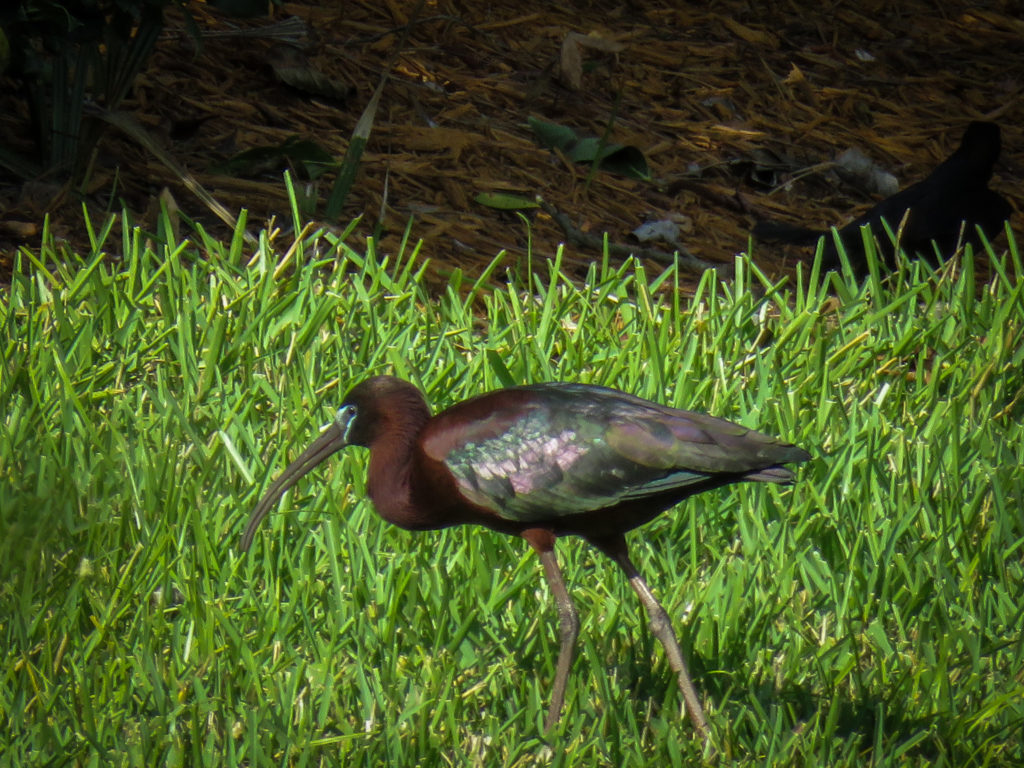
When I was 13, we moved to 49th Avenue, just east of Paw Paw, MI. My parents purchased 15.5 acres of an abandoned vineyard, just across from what is now Portman’s Nature Preserve. This was a huge upgrade from the 1 acre lot we lived in along Almena Drive. I began to explore the 15 acre lot looking for wildlife. I’d mow, trim bushes and clear a couple miles of trails over the next few years, finding a number of great birds on the property. One of the most memorable was a Yellow-breasted Chat that spent a single season chattering away all night long looking for a mate. I can still feel the thrill of seeing this bird for the first time after bush-wacking into a dense area of shrubbery by following the song. I also ruefully remember frequently flushing Ruffed Grouse from a grassy area shaded with sumacs along the south property line. This species seems to be all but nonexistent in Van Buren County now. In early spring, I fondly remember watching Woodcocks perform their incredible display flights and trying to sneak up on them for a closer look.
49th Ave was relatively quiet and I began to explore the area along the road by bike. A field, now overgrown, at the east end of 49th Ave hosted Meadowlarks, Ring-necked Pheasants and Dickcissels. A pair of Mockingbirds nested for a couple seasons on the west end of the road. All around, birding was great, and I was content.
The penultimate moment of my teenage birding years was when 2 Mississippi Kites and 1 Swallow-tailed Kite showed up simultaneously at VerHage Fruit Farms on L Ave in Kalamazoo. I was a young field hand at Husted Farms at the time. My boss, Scott Husted, pulled me out of work to let me see these 2 species.
As I entered my late teens and into my 20’s birding was shelved. Instead, I spent these years learning some hard life lessons. I certainly regret missing these years and some of the missed state rarities I could have seen during this time. When I returned to birding in late summer of 2017, I had a successful career in manufacturing and had just began a serious relationship with my wife, Allie and her son, Max. Enter eBird!
Being out of the game for so long, I happened upon the website eBird by chance, looking for a way to compile my life list, something I had not taken too seriously as a young birder. For those of you unfamiliar with eBird, it is a citizen-science project hosted by the Cornell University Lab of Ornithology. Users can submit checklists from Google Maps locations or “hotspots” they have birded, which in simplistic terms is analyzed by Cornell to understand and discover all kinds of neat things about birds. As I explored this website, I began to realize how incredibly useful it was as a tool to see birds I had not ever observed before. One of my first birds I “chased” directly from information I found on eBird was an endangered Piping Plover at Holland State Park in Ottawa County, and thus I became a Lister. After chasing a few more species I had not seen before, I began to realize that I needed to document rare sightings and the surefire way to ensure I was getting documentation was to purchase a camera. Enter Bird Photography!
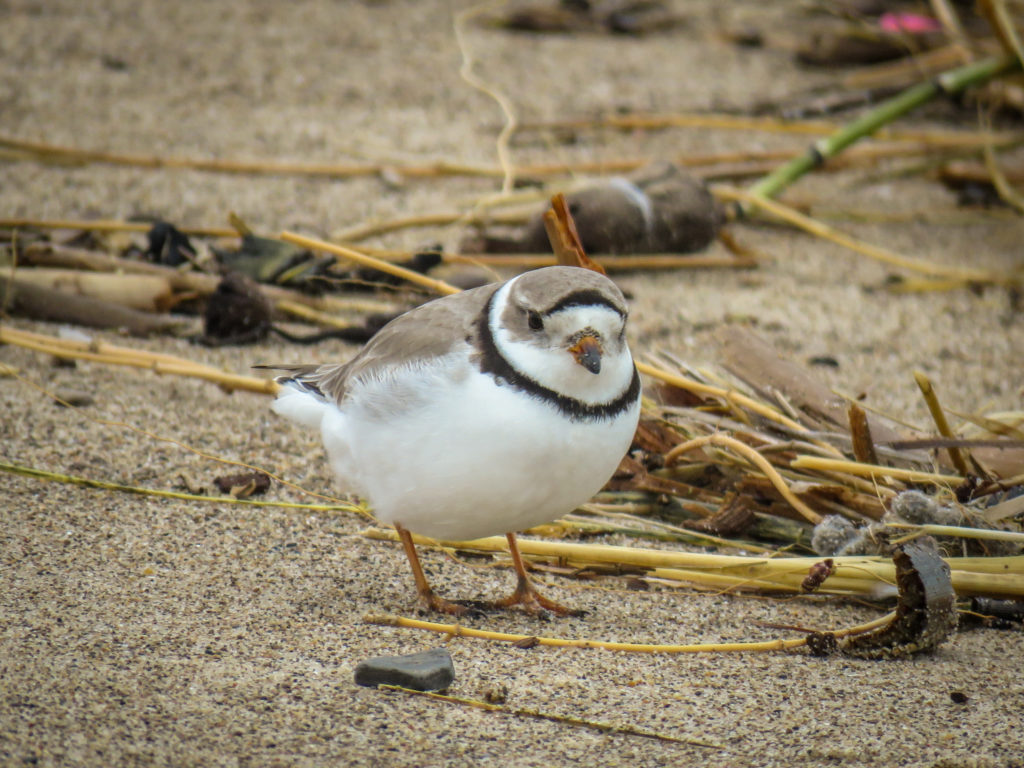
My first camera was ill-researched. I bought a refurbished Canon Powershot SX530 HS. It lacked a viewfinder, but otherwise served me well for nearly a year, until I got careless in a snow-storm. My next camera, and the one I still use, was the next step up, the Canon Powershot SX60 HS. This model featured the viewfinder (something I will never go without again) and boasted a slightly better zoom range and aperture. At the moment, I have been able to photograph all but 6 species on my life list.
In 2018, I set out on a new objective that would give me the ability to bird effectively and efficiently: Enter Big Year Birding!
I think it was a desire to make up for those “lost years” of birding that ultimately led me to the decision to shoot for 300 species in the state of Michigan within one calendar year. I did just that after a third attempt to see a Black-headed Grosbeak at a feeder in Ludington on December 30th. I learned more about birding in Michigan than I ever conceived possible at the beginning of this undertaking. I made so many unnecessary chases. I specifically remember spending half a day looking for American White Pelicans in Lenawee County, only to find out a few months later that they are present all summer at Pointe Mouille every year! I began to explore and become familiar with Michigan’s top birding hotspots like Tawas Point, Pointe Mouille, Muskegon Wastewater, etc. and began to memorize the network of highways to get to these places quickly. However, the best takeaways from this adventure were the lasting friendships I made with fellow birders.
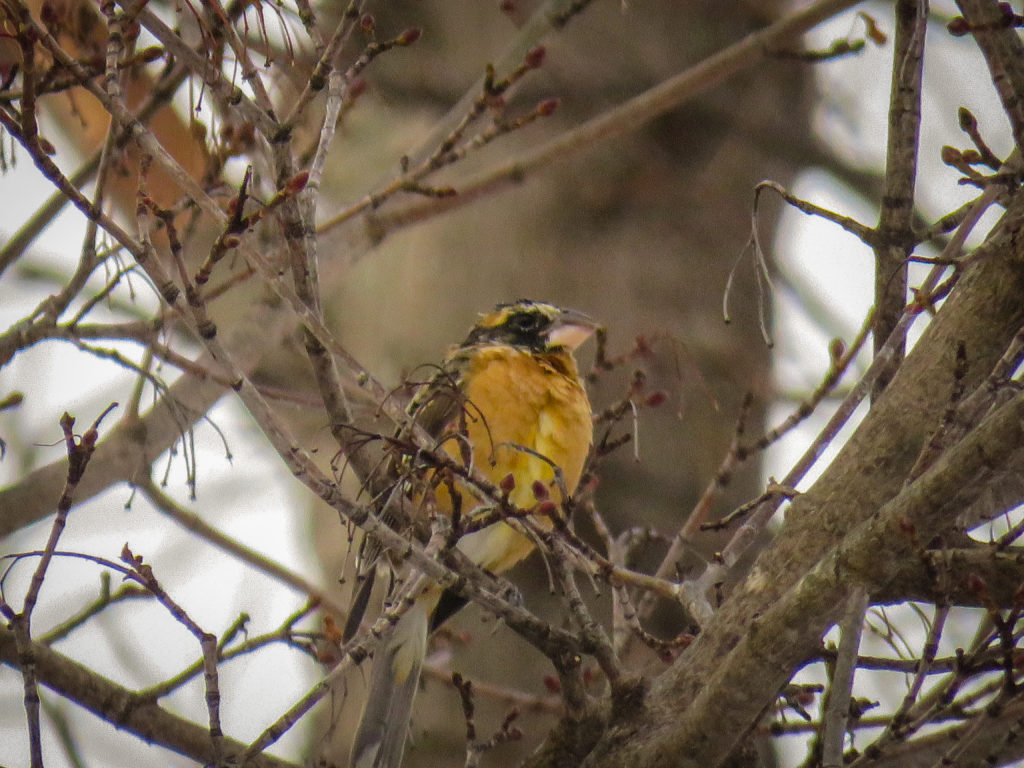
In 2019 and again in early 2021, I began to dabble in blogging about birding, but it always seemed to get set simmering on the backburner. Using Blogspot, I found the features I could use were very limited, and that inspired me to create my own stand-alone website. I’m learning how to build it myself, and the website will be an ongoing project in development, hopefully with some neat features in the future
So what is my mission with this website? Starting off, I want to continue blogging about birds and birding. I hope to bring a wide range of topics from conservation, to personal experiences, to interviews with other birders to name a few. Secondly, I want to create a Birding Trail, with community support, for my home county of Van Buren. I feel strongly that Van Buren offers a diverse selection of birds and has diverse habitat to compete with the well-birded counties surrounding it. Lastly, I wanted a place to feature a portfolio of my photography.
Please stay tuned for more blogposts and new features and I hope you enjoyed this post!
